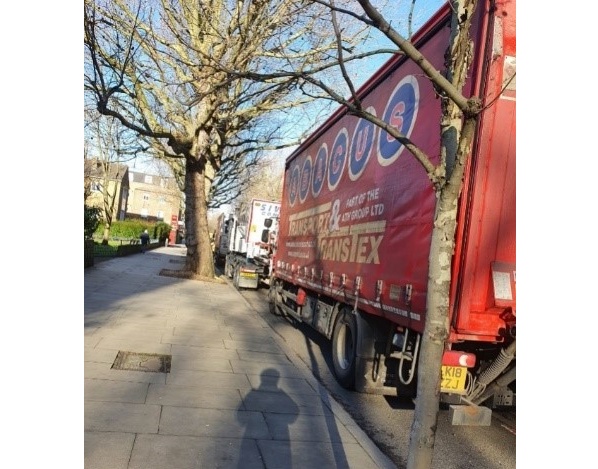The Mayor of London’s Transport Strategy, published in 2018 sets out a vision for a healthier, greener and more prosperous city. The strategy makes clear that a new type of thinking is required to increase active, efficient and sustainable travel to help achieve this vision for London.
Since the onset of coronavirus, London’s highway network has and continues to change to accommodate social distancing, modal change requirements and the increased demand for capacity to accommodate growth. The associated negative outputs experienced by the construction industry can impact on HGV routing leading to inefficient logistics and project delay. This can cause HGVs to be sent on holding loops or to wait outside the site gate causing congestion and safety conflicts.
TfL are working closely with developers and their contractors to help with efficient logistics. Holding areas can help regulate deliveries, however, they are not easy to come by.
Working in collaboration with Southwark Council, they have set up a works coordination group with Mace, Sir Robert McAlpine and Structuretone which includes the assessment of HGV management. Due to several issues being experienced outside the sites they proposed the use of a holding area to help regulate HGVs and mitigate the problem.
There is an existing holding area on Great Dover Street which is currently being used by Wates. To utilise its full capacity, a discussion took place with the Wates logistics team (Alandale) to share the facility. This was agreed and to formalise the method and to ensure all parties collaborated a memorandum of understanding (MoU) was signed which highlighting method of use including:
- Sharing HGV flow data. This supplies detail on whether the holding area is required and highlighted periods of spare capacity for others to utilise.
- Agreeing behaviours of contractors using the holding area
- Potential use of welfare facilities (coordinators considerations)
- Following government guidelines on coronavirus
The method is still in its infancy and has worked well for those requiring it. The method has shown that constructors can work in harmony with each other especially in challenging times.
To find out more, click the link below.
Did you find this article helpful?
Please rate this article

Loading...





